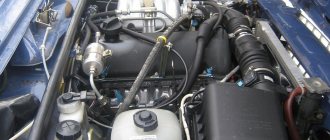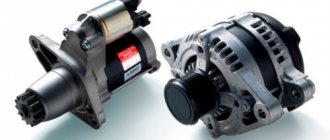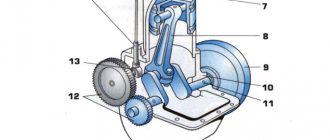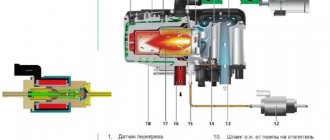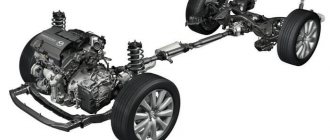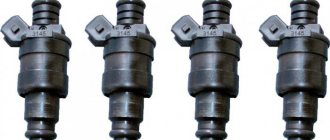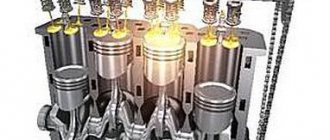Internal combustion engines did not appear as separate power units abruptly. Rather, the classic motor appeared as a result of refinement and improvement of heat engines. Read about how the unit that we are used to seeing under the hood of cars gradually appeared in a separate article.
However, when the first car equipped with an internal combustion engine appeared, humanity received a self-propelled vehicle that did not require constant feeding, like horses. Since 1885, a lot has changed in engines, but one drawback has remained unchanged. During the combustion of a mixture of gasoline (or other fuel) and air, too many harmful substances are released that pollute the environment.
If before the advent of self-propelled vehicles, architects in European countries feared that large cities would drown in horse manure, today residents of megacities breathe dirty air.
Tightening environmental standards for transport is forcing vehicle manufacturers to develop cleaner powertrains. Thus, many companies became interested in the previously created technology of Anjos Jedlik - a self-propelled electric trolley, which appeared back in 1828. And today, this technology has become so firmly established in the automotive world that you won’t surprise anyone with an electric car or a hybrid.
But what is really encouraging is the power plants, the only emission of which is drinking water. This is a hydrogen engine.
Short story
Hydrogen internal combustion engines appeared during the same period when the internal combustion engine principle was being developed and improved. The French engineer and inventor designed his own version of the internal combustion engine. The fuel he used in his development was hydrogen, which appeared as a result of the electrolysis of H2O. In 1807, the first hydrogen car appeared.
Isaac De Rivaz filed a patent in 1807 to develop a tractor for military equipment. He proposed using hydrogen as one of the power units.
The power unit was a piston, and ignition in it occurred due to the formation of a spark in the cylinder. True, the inventor’s first creation required manual generation of a spark. Just two years later, he finalized his work, and the first self-propelled hydrogen vehicle was born.
However, at that time, the development was not given importance, because gas is not as easy to obtain and store as gasoline. Hydrogen engines were put into practical use in Leningrad during the siege in the second half of 1941. Although, it is worth recognizing that these were not exclusively hydrogen units. These were ordinary internal combustion engines GAZ, only there was no fuel for them, but at that time there was plenty of gas, since they were fueled by balloons.
In the first half of the 80s, many countries, not only European, but also America, Russia and Japan, began experimenting with this type of installation. So, in 1982, through joint work with the RAF automobile enterprise, a combined engine appeared that ran on a mixture of hydrogen and air, and a 5 kW/h battery was used as an energy source.
